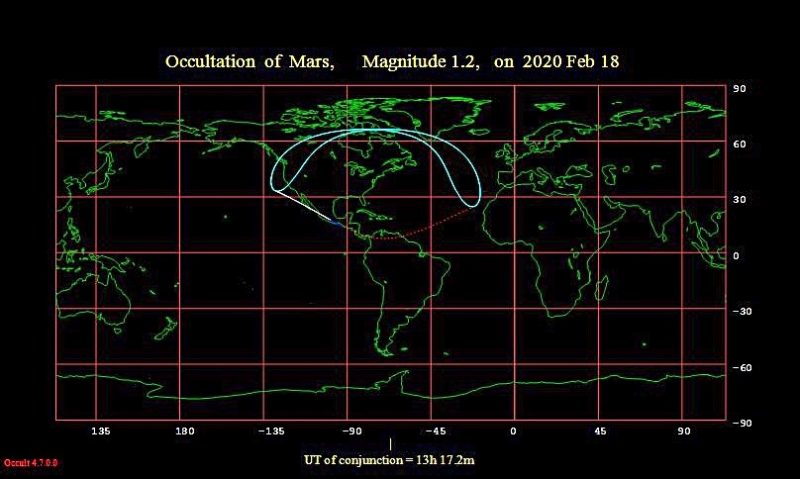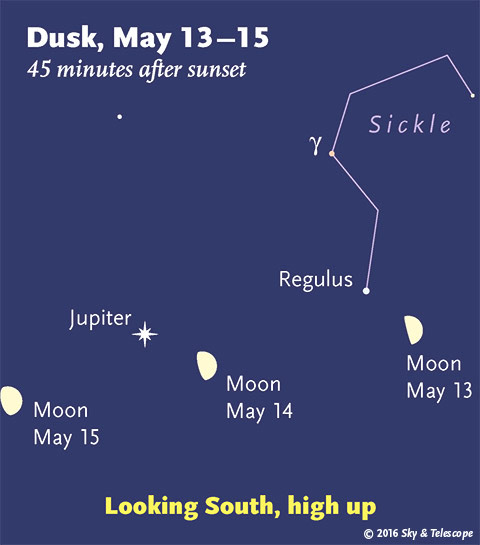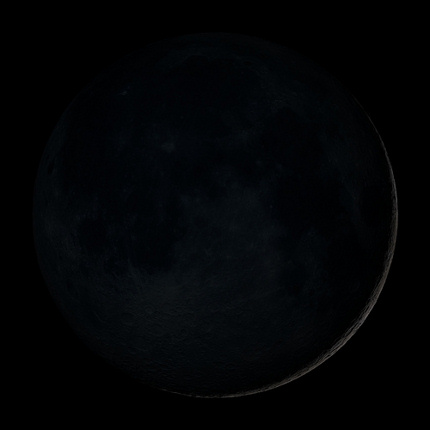
Sky & Telescope
It’s fitting that with my intense focus on Malacandra throughout January that upon finishing the Mythgard Academy class this week I have a major astronomical event featuring Mars to look forward to in less than two weeks.
I can take good advantage of this occultation since I live in the middle of the country just shy of 40 degrees north latitude. If I were visiting my daughter in the Pacific Northwest, I’d have a bit more dark time but might not see it as well being at a more northern latitude at 47 degrees.

Actually, not just Mars will be in the spotlight in mid-February. Three planets are center stage in the predawn skies starting February 18th (see first graphic above). Listen to Sky Tour courtesy Sky & Telescope for some viewing tips and other astronomical tidbits for February observing.
My only concern will be the weather, which in February in Kansas, is dodgy at best.
Keeping my fingers crossed and as always keep looking up!




 The anorthosite rock highlands are brighter than the maria basalts. Pulverized by meteoric action, both the basalts of the maria and the anorthosite of the highlands are covered by a blanket of powdered rock, also known as regolith.
The anorthosite rock highlands are brighter than the maria basalts. Pulverized by meteoric action, both the basalts of the maria and the anorthosite of the highlands are covered by a blanket of powdered rock, also known as regolith.  I knew going into Friday I would have a very long day ahead of me. I had errands I needed to run first thing in the morning, so I planned to be late to work. I stayed up past my usual bedtime, keeping my husband company. We watched the inaugural episode of the new
I knew going into Friday I would have a very long day ahead of me. I had errands I needed to run first thing in the morning, so I planned to be late to work. I stayed up past my usual bedtime, keeping my husband company. We watched the inaugural episode of the new 





